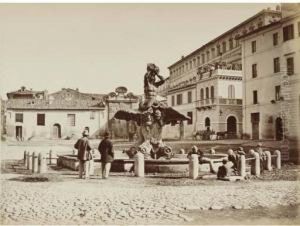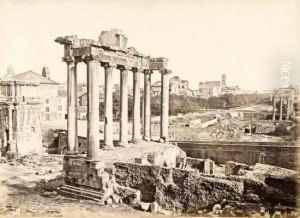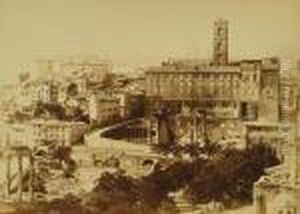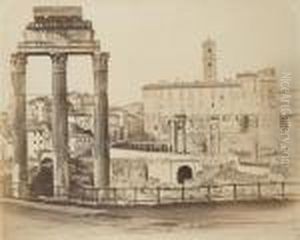Giuseppe Ninci Paintings
Giuseppe Ninci was an Italian painter and restorer, known for his contributions to art during the 19th century. Born in 1823 in the town of Sansepolcro in the province of Arezzo, Tuscany, Ninci showed an aptitude for art from a young age. He studied under the guidance of local artists, which was a common practice for aspiring artists during that time. His early works were influenced by the Italian Renaissance, especially by the works of Piero della Francesca, who also hailed from Sansepolcro.
Ninci's career is marked by his dedication to the restoration of ancient paintings, a practice that gained significant importance during the 19th century as part of the broader cultural movement of historicism. This movement emphasized the value of the past and sought to preserve it for future generations. Ninci's restorative work aimed to bring new life to artworks that had suffered damage over the centuries, and he was known for his meticulous attention to detail and his efforts to remain faithful to the original artists' intentions.
In addition to restoration, Ninci also created his own paintings, which were often religious in nature. His style was characterized by clear composition and the use of bright colors, reflective of the Tuscan tradition. Ninci's works were appreciated for their beauty and technical skill, and they were sought after by churches and private collectors throughout Italy.
Giuseppe Ninci's contributions to the Italian art world were recognized during his lifetime, and he was regarded as a skilled restorer and a talented painter. He passed away in 1888, leaving behind a legacy of preserved historical artworks as well as his own original contributions to the Italian artistic heritage. His works and restorations continue to be studied by art historians and restorers as examples of the 19th-century approaches to art conservation and production.



